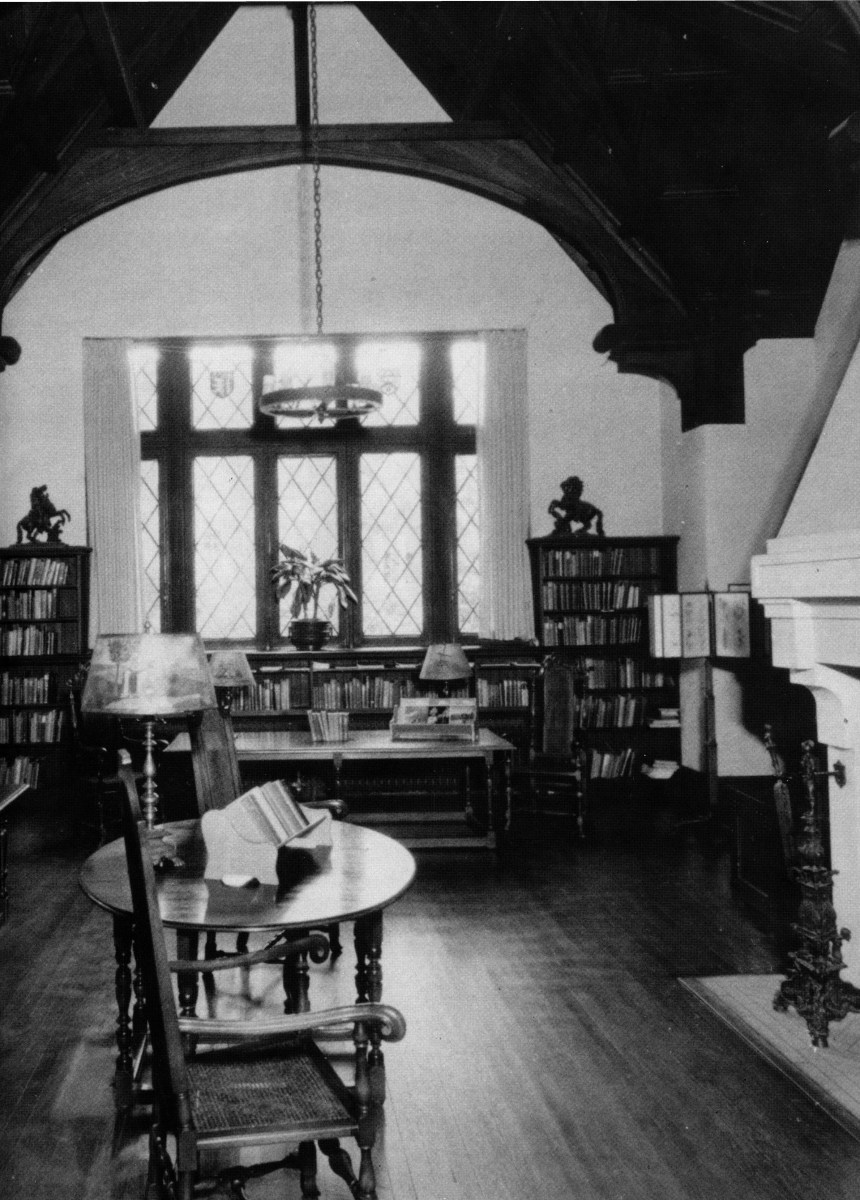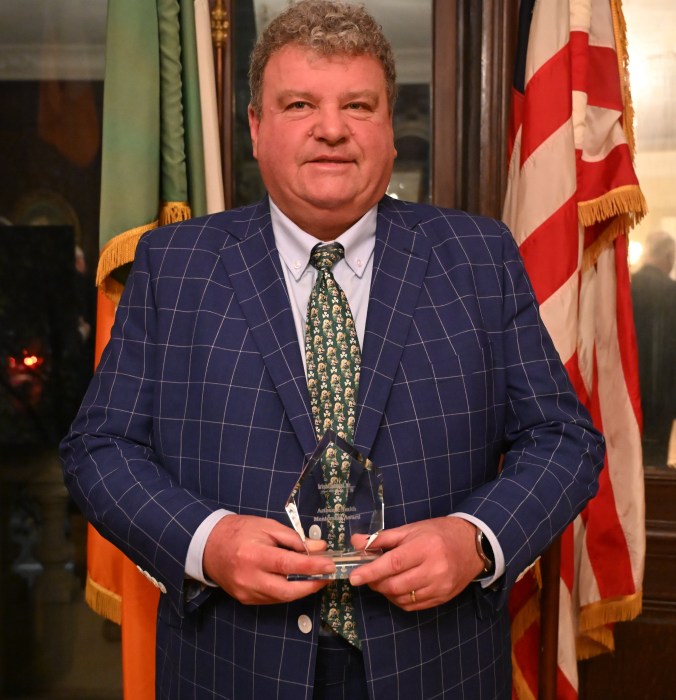The Great Neck Library, now a cornerstone of intellectual and cultural life on Long Island’s North Shore, has a rich history rooted in civic vision, determination and community support that stretches back to 1880.
The library’s origins trace back to a small group of women led by Louise Udall Skidmore Eldridge. In a time when the population of the Great Neck peninsula numbered around 1,000, these women recognized the importance of access to literature and knowledge. They organized a fundraiser using a “Magic Lantern” slide lecture, raising $30, the seed money that would eventually lead to the formation of the Great Neck Library.
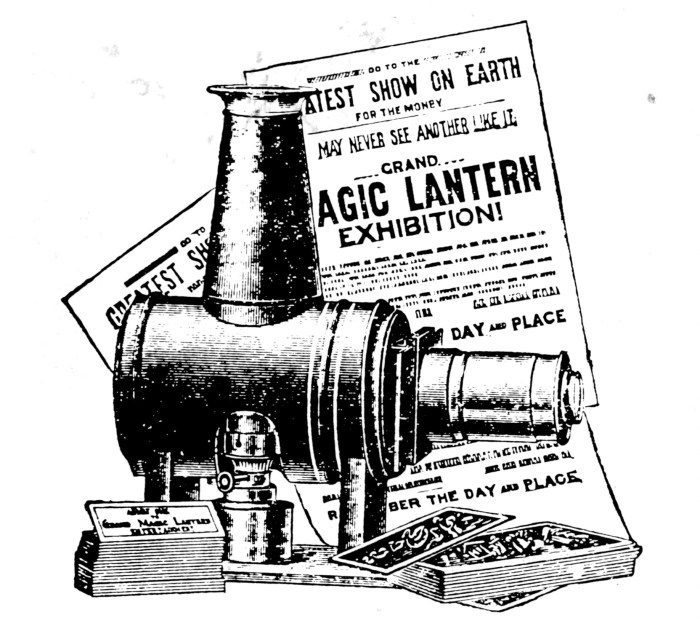
Initially, the library operated informally. No records exist for the first eight years, but by 1889, it was formally incorporated in what was then Queens County. The library started with just 102 books and 40 subscribers, functioning as a private association modeled after the New York Mercantile Library. Subscriptions cost $10 per family annually — a fee that was reduced to $1 in 1921.
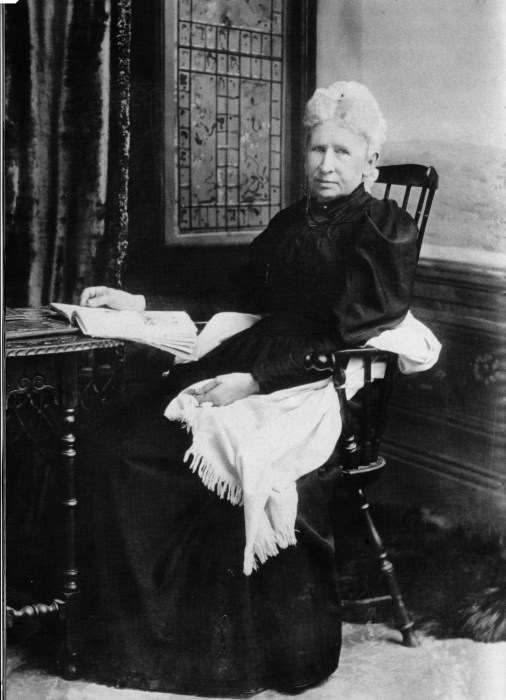
Censorship played a role in the library’s early years. Each board member was required to read and approve titles before they were added to the shelves. Books like The Three Musketeers and A Change of Air were removed from circulation for being considered unwholesome. These policies evolved as library leadership visited other institutions and reassessed their approaches to literary inclusion.
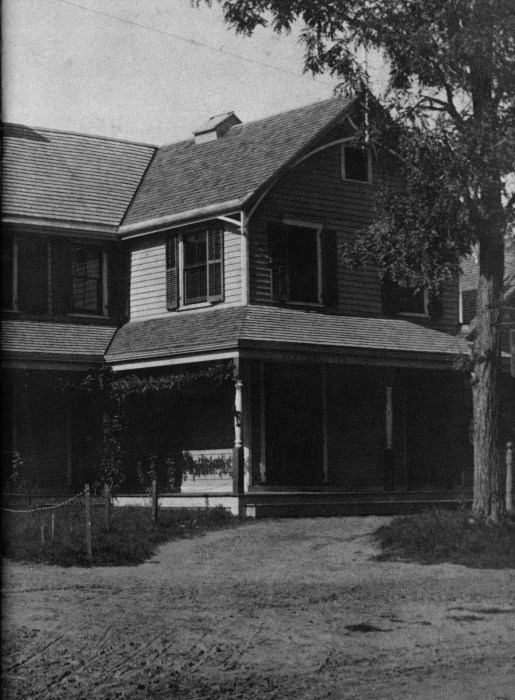
Originally housed in modest accommodations, including a telegraph office and the home of a librarian, the library moved in 1892 to the League Building, a young men’s social club. A significant transition occurred in 1907 when the library became a free public institution. That same year, it relocated to a new building on Arrandale Avenue, later known as “Great Neck House.”
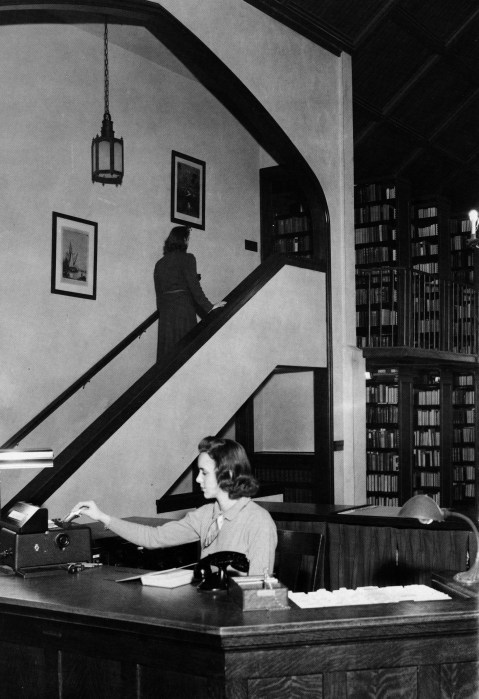
The Arrandale Library quickly became central to the community. Within its first year, it held 2,500 books and logged 5,000 circulations with 252 members. Yet, operating expenses increased to $1,000 annually, prompting consistent efforts for private donations and community fundraising. These efforts were led by individuals such as librarian Mary S. Root and others who helped maintain the library’s growth.
Throughout the 1920s, Great Neck evolved into a fashionable enclave. It inspired literary works such as The Great Gatsby, which captured the spirit of the Roaring Twenties and drew entertainment figures to the peninsula. In 1928, the library became fully tax-supported and expanded its services, including establishing substations and children’s rooms.
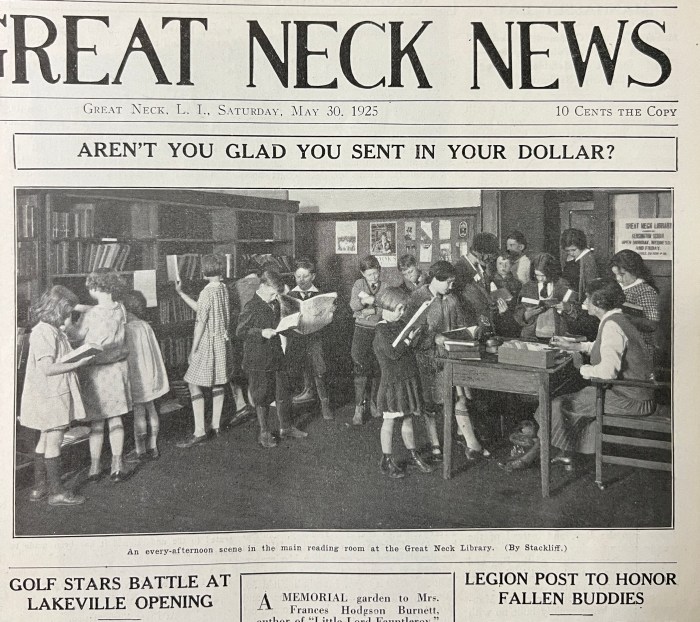
Substations were introduced in locations like the Kensington School and later in Lakeville and the Fardel’s Flower Shop. These branches catered to a growing and increasingly diverse population. The library’s registration with New York State in 1928 marked another milestone in its development.

The library remained resilient through the Great Depression. Though briefly closed during a 1931 polio epidemic, it saw a significant boom in circulation. By 1939, circulation had soared to over 161,000 books annually, far exceeding the 24,000 figure from 1923. Great Neck’s population grew by nearly 4,000 residents in that same period, underscoring the increasing demand for educational and cultural resources.
World War II brought new challenges, including fuel shortages that limited mobility. In response, the library launched a “Library on Wheels” program in 1942, a traveling book service using a Ford half-ton truck. Meanwhile, library branches expanded to serve emerging neighborhoods. The Lakeville Branch opened in 1941 and the Parkville Branch followed in 1954.
By the 1960s, the Arrandale building had become inadequate to meet the needs of a rapidly growing community. In response, the library board sought a new location. A 2.5-acre site on Bayview Avenue was selected and construction began in 1968. The new main library opened in May 1970 with much public celebration and ushered in a new era of services and programming.
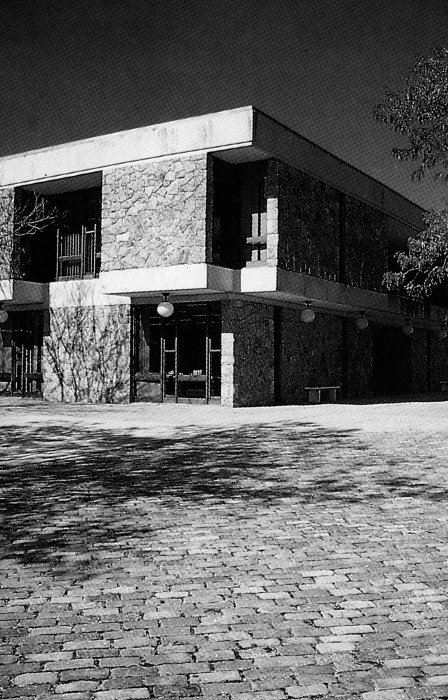
From 1970 onward, the library expanded its role beyond lending books. Under the direction of Joseph Covino, it became a cultural hub, featuring professional art exhibitions, concerts, film screenings and educational programs. One of the library’s most innovative initiatives was the creation of LEVELS in 1975 — a unique, teen-directed creative arts program that offered theater, music and technology workshops. LEVELS gained national attention and was presented before a Congressional Committee on Adolescence in 1983. In 1986, JUNIOR LEVELS was added to include younger students.

Throughout its history, the Great Neck Library has adapted to meet the changing needs of its community while remaining true to its original mission of promoting access to knowledge and culture. From its humble beginnings as a grassroots project led by pioneering women to its current status as a multifaceted public institution, the library continues to serve as a beacon of education and creativity for residents of Great Neck.




